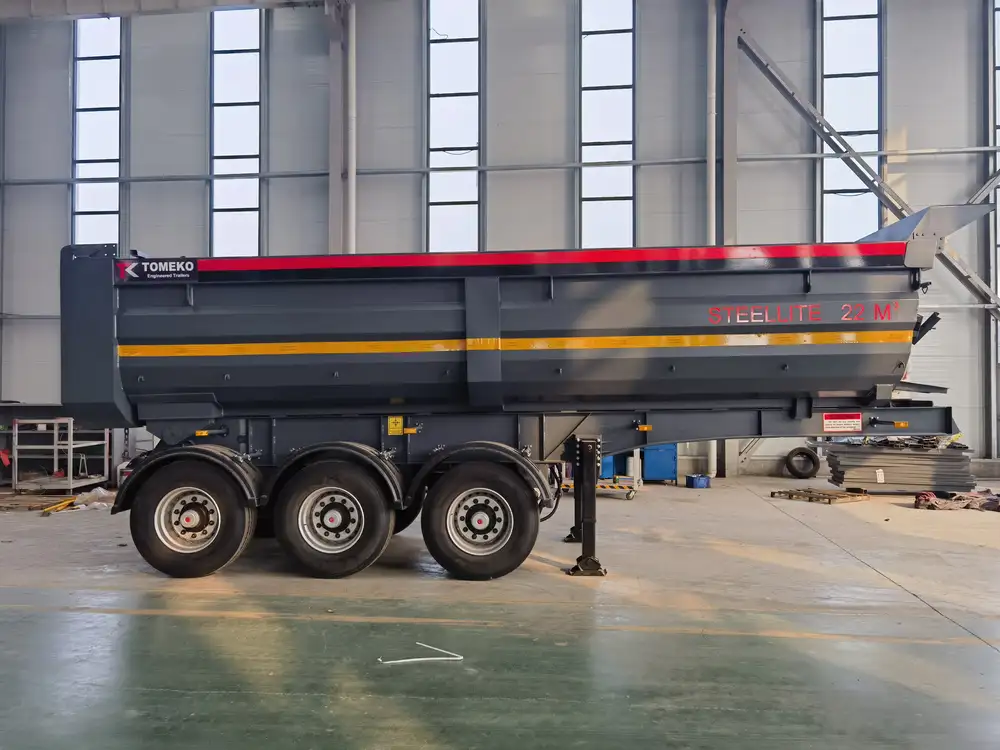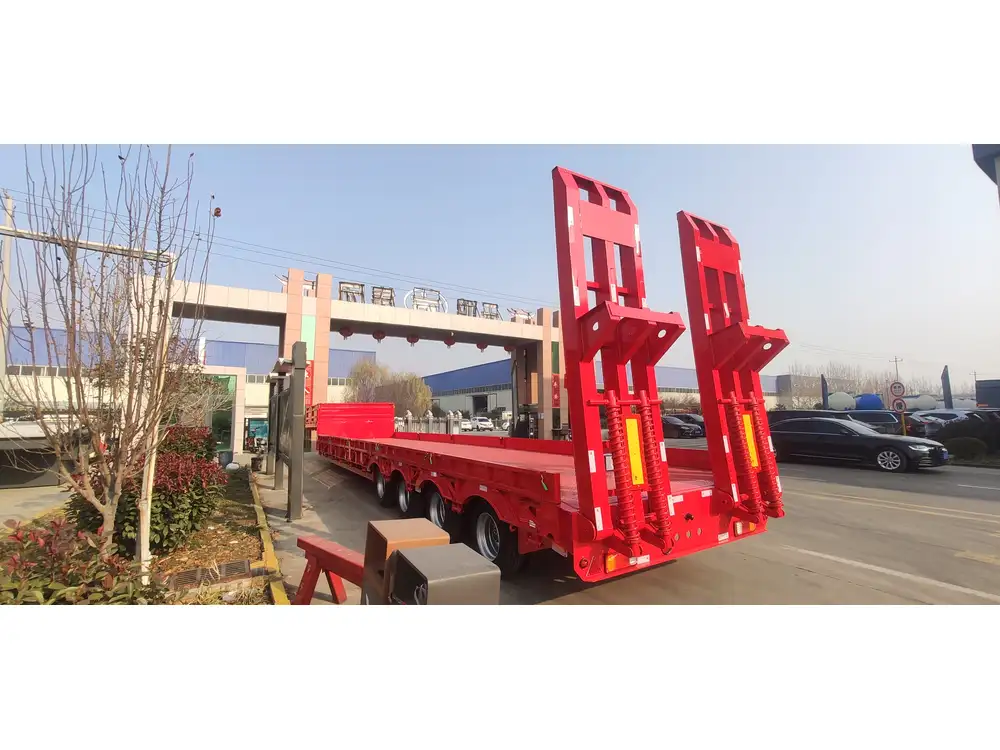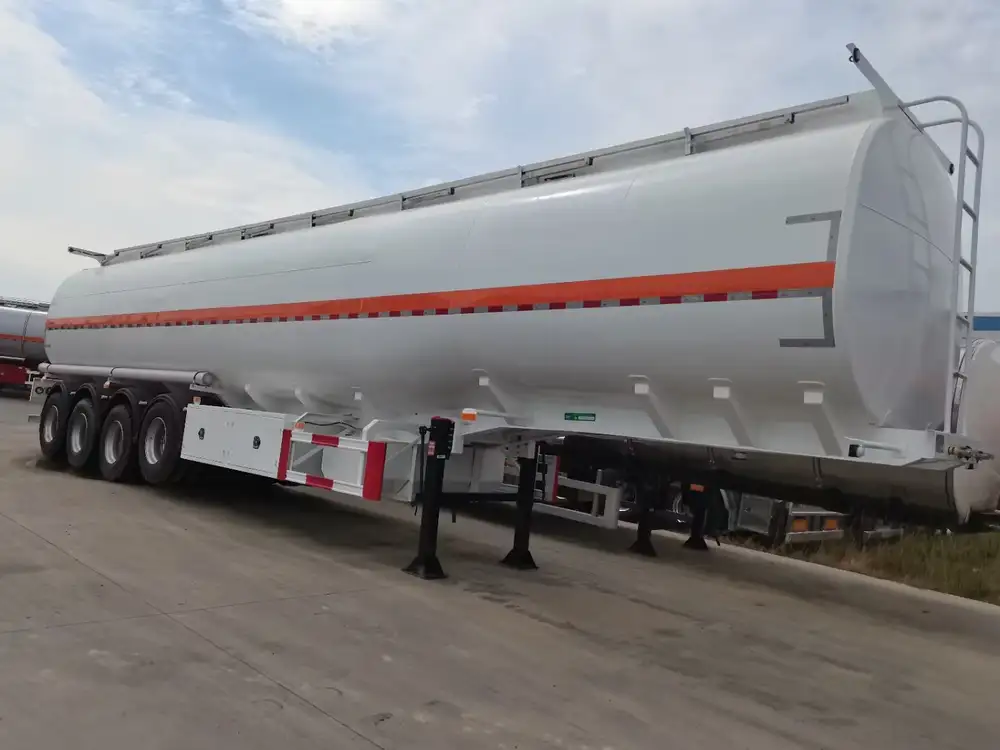Maintaining the integrity of a semi-trailer floor is paramount to ensuring the longevity and functionality of the vehicle. As a crucial component in the transportation industry, the floor bears the weight and wear of heavy loads, and deterioration can lead to significant operational setbacks. In this detailed guide, we provide actionable steps and expert insights on how to effectively fix a semi-trailer floor.
Understanding Semi-Trailer Floor Types
Before delving into repair methods, it’s essential to recognize the different types of semi-trailer floors. The most common materials used include:
| Floor Type | Description | Advantages | Disadvantages |
|---|---|---|---|
| Plywood | Constructed from layers of wood, offering flexibility. | Cost-effective and easy to repair. | Susceptible to water damage. |
| Aluminum | Lightweight and rust-resistant material. | Durable and less prone to corrosion. | Can be more expensive. |
| Steel | Heavy-duty material ideal for carrying heavy loads. | Extremely strong; excellent load capacity. | Prone to rust if not properly treated. |
| Composite | Combines materials for enhanced properties, usually lightweight. | Resistant to moisture and chemicals. | Higher initial cost compared to plywood. |
Understanding these floor types helps in selecting the appropriate repair techniques and materials.
Identifying Common Floor Issues
Recognizing the signs of damage early can save substantial costs in repairs or replacements. Here are common issues to look for:
- Warping: Usually due to moisture infiltration or extreme temperature variations.
- Cracking: Might arise from prolonged exposure to heavy loads or physical impact.
- Delamination: Often a result of water damage, particularly with plywood floors.
- Rust formation: Common in steel trailer floors, indicating a degradation of material quality.

Diagnostic Checklist for Semi-Trailer Floors
To systematically evaluate the condition of your trailer floor, consider this checklist:
- Visual Inspection: Look for visible signs of damage, including cracks, warps, and rust.
- Weight Test: Assess for any areas that appear flexible or unstable under weight.
- Moisture Assessment: Check for water stains or wet patches indicative of leaks.
- Listen During Use: Pay attention to any unusual noises or creaking.
Step-by-Step Repair Techniques
Repairing Plywood Floors
Remove Damaged Sections:
- Identify and mark the areas requiring replacement.
- Use a circular saw to cut out the damaged sections carefully.
Prepare Replacement Material:
- Cut new plywood sheets to size.
- Ensure the new material is treated for moisture resistance.
Install New Sections:
- Securely attach the new plywood using screws specifically designed for wood.
- Seal the edges with a waterproof sealant to prevent moisture penetration.

Effective Aluminum Repairs
Localizing the Damage:
- Inspect and mark areas of concern, focusing on dents and holes.
Welding Technique:
- For small punctures, use a TIG welding method. Ensure a clean surface for optimal adherence.
- If faced with larger sections, it may be more feasible to replace the entire panel.
Finishing Touches:
- Once repairs are complete, apply an aluminum-safe paint to enhance longevity and prevent future corrosion.
Fixing Steel Floors
Surface Preparation:
- Sand the rustedAreas using an orbital sander to remove all loose rust and debris.
- Clean the surface thoroughly with a degreaser.
Rust Treatment:
- Apply a rust converter to neutralize any residue, followed by a primer specifically designed for steel substrates.
Leverage Welding:
- For holes or significant damage, utilize MIG welding for a robust fix.
- Ensure a thorough inspection after welding and reference the manufacturer specifications for load-bearing strength.
Composite Floor Solutions
Identifying Separation:
- If you observe delamination, confirm if the damage is superficial or deeper.
Repair Strategy:
- For minor cases, inject a suitable adhesive into crevices, applying pressure and clamping until cured.
- Major separations might require replacing the damaged panel entirely.
Finishing Repairs:
- Ensure all edges are sealed with a polyurethane sealant to prevent future exposure to moisture.

Maintenance Tips for Semi-Trailer Floors
To prolong the lifespan of your semi-trailer floors, consider these essential maintenance tips:
- Regular Inspections: Conduct routine checks for early signs of damage or wear.
- Moisture Control: Always ensure that water does not accumulate on the floor. Use mats where necessary to absorb moisture.
- Proper Load Distribution: Avoid overloading and ensure an even distribution to prevent warping and cracking.
- Weather Protection: When not in use, cover the trailer with tarps or store it in a covered area to minimize exposure to elements.
Signs It’s Time for Replacement
In instances where repairs are not feasible or cost-effective, knowing when to replace is crucial. Look for:
- Extensive damage across multiple sections.
- Floors that are beyond the means of yield recovery.
- Significant structural deformation that may compromise safety.
Comparing Repair vs. Replacement
To further illuminate decision-making, here’s a simplified comparison of the two approaches:
| Criteria | Repair | Replacement |
|---|---|---|
| Cost | Generally lower initial cost. | Higher upfront investment. |
| Time Consumption | Oftentimes quicker than replacement. | Requires more time for sourcing parts. |
| Longevity | May provide a short to medium-term fix. | Ensures long-term stability and reliability. |
| Resale Value | Minimal impact on resale value. | Potentially improves resale value. |

Preparing for Professional Help
When considering professional intervention, ensure that you:
- Research qualified repair specialists in your area.
- Verify their experience with your specific trailer type.
- Assess their customer feedback and past project portfolios.
Questions to Ask Potential Service Providers
- What kind of warranties do you offer on your repairs?
- How long do you anticipate the project to take?
- Can you provide references from similar repair jobs?
- What materials do you recommend and why?
- Will you provide a written estimate before starting?
Engaging professionals can provide peace of mind and ensure that repairs are executed with precision.
Conclusion
The durability and effectiveness of your semi-trailer heavily rely on the condition of its floor. Whether you choose to repair or replace an existing floor, understanding the methods, materials, and maintenance strategies are essential for optimal long-term performance. By following the detailed steps laid out in this comprehensive guide, we empower you to make informed decisions that ensure the reliability, safety, and efficiency of your semi-trailer operations.
Through proactive management, regular inspections, and strategic repairs, your semi-trailer can serve its purpose efficiently for years to come.



